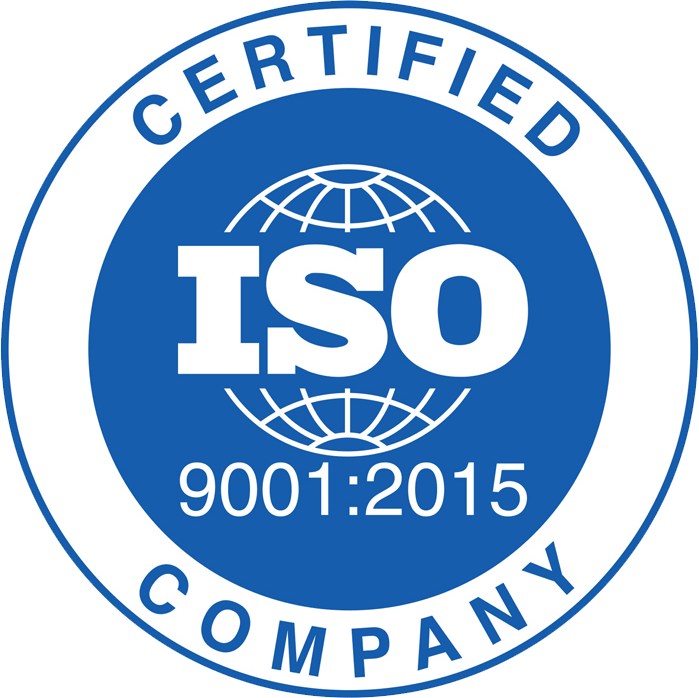Understanding Electric Resistance Spot Welding (RSW)
Created at : May 16, 2025
Electric Resistance Spot Welding (RSW) is a widely used welding process for joining sheet metal components. Known for its speed and efficiency, spot welding is a fundamental technique in numerous manufacturing industries, offering strong and durable welds without the need for filler materials.
How Electric Resistance Spot Welding Works
The RSW process involves overlapping two or more metal sheets and applying mechanical pressure using a pair of copper alloy electrodes. These electrodes are positioned on opposite sides of the materials to be joined. Once in place, a high-current, low-voltage electrical pulse is passed through the electrodes.
The inherent electrical resistance at the metal-to-metal contact point generates intense localized heat. This heat is sufficient to melt the metal at the interface, creating a small molten pool referred to as a weld nugget. The electrical current is then stopped, but the pressure from the electrodes is maintained until the molten metal cools and solidifies, resulting in a strong, fused joint.
Features of Resistance Spot Welding
One of the key characteristics of RSW is the localized nature of the heating. Because only the contact area is subjected to high temperatures, the surrounding material remains largely unaffected. This minimizes thermal distortion and material degradation.
The process is also incredibly fast—individual welds can be completed in a fraction of a second—which makes it especially suitable for high-volume production environments. Additionally, the simplicity of the operation and its compatibility with automation systems make RSW a preferred method in assembly line settings.
Common Applications
Electric Resistance Spot Welding is used extensively in various industries, including:
- Automotive Manufacturing: For joining car body panels, chassis components, and other structural elements.
- Appliance Production: Used in the fabrication of products like refrigerators, ovens, and washing machines.
- Aerospace and Rail Industries: For lightweight metal structures where precision and durability are critical.
- Consumer Products: Applied in metal furniture, cabinets, and enclosures.
Advantages of Spot Welding
RSW offers several benefits that contribute to its popularity in industrial applications:
- No need for filler metals or additional consumables
- Minimal surface preparation required
- Fast and repeatable process, ideal for automation
- Low overall operational costs
Limitations to Consider
Despite its advantages, there are limitations to spot welding that make it unsuitable for some applications:
- Typically used only with sheet metals less than 3 millimeters thick
- Less effective on metals with poor electrical conductivity
- Weld quality can be affected by surface contaminants or inconsistent pressure
Conclusion
Electric Resistance Spot Welding is an essential process in modern manufacturing, prized for its speed, efficiency, and reliability. While it is best suited for thin-sheet metal applications, its ability to produce high-strength joints without additional materials makes it an invaluable technique in industries ranging from automotive to consumer goods. Understanding the fundamentals of RSW helps manufacturers optimize production lines and ensure high-quality outputs in their metal fabrication processes.

